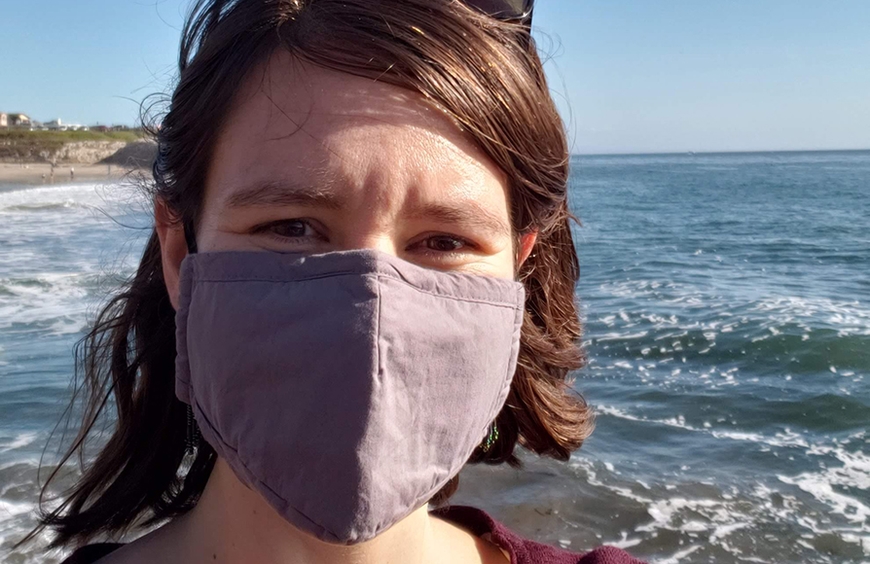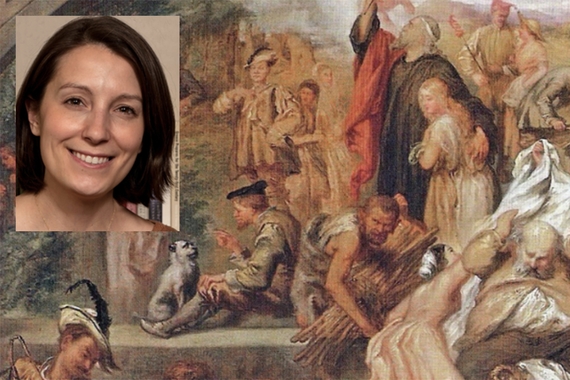Grad Studies: Dissenting Bodies
Zoë Rodine is a doctoral candidate in English literature who received Graduate Research Partnership Program support in 2020 to complete the penultimate chapter and to research and outline the final chapter of the dissertation “‘Living Enfleshment Otherwise’: Articulating Embodiment Across Transatlantic Modernisms.”
My dissertation analyzes discourses of embodiment across the 20th century to illuminate the long history of resistance to dominant constructs of the body and provide new frameworks for humanness. My focus for this summer was on the final section of my dissertation, which reads Jewelle Gomez’s 1991 novel The Gilda Stories and Djuna Barnes’ 1937 novel Nightwood as texts that attend to horror as a site for disintegrating the rigid physical and theoretical boundaries of the human body.
"I presented material
from my chapter about
Gomez at a MLA panel
this January."
- Zoë Rodine
The pandemic derailed my hopes to visit Gomez’s archives in San Francisco, so I turned my attention to crafting a strong theoretical framework for the entire final section. I began by revisiting Stoker’s Dracula, which I knew would be an essential contrast and underpinning for the argument I make about the way Gomez is both embracing and shifting vampire mythology for her purposes. I also spent quite a bit of time reading about the Caribbean mythologies of the soucouyant and other female monsters with close relations to the vampire, researching the long history of vampiric monsters as figures for slave owners (or conversely, for Black mothers).
It became clear as I was building my thesis about the particular efficacy of Gomez’s vampire for demonstrating new ways to deconstruct the human that I needed to tease out how I see Nightwood interacting with Gomez’s text before I could complete a draft of either close reading. I wanted to avoid any flattening declaration of their sameness (a pitfall I’m always seeking to avoid in this project which brings together texts from vastly different contexts) even though I still had a conviction that what they were doing with the excessive, visceral, monstrous female body shared a root and a mission. After a summer of research, I arrived at a parallel framing for the text which justifies its place in this final section while maintaining its distinction: cannibalism, rather than vamipirism, will be the focus around which I build a case for the body undone by horror in Nightwood.
I presented material from my chapter about Gomez at a MLA conference panel called “Black Flesh: New Directions” this January. I also participated in another MLA panel entitled “Persistence in Afrofuturist Cultural Production” which drew on an article about Janelle Monáe and cyborg embodiment that’s currently under review at MELUS. Having a summer of support was indispensable in allowing me to focus on the job market in the fall and to be ready to defend my dissertation by the end of May 2021.



